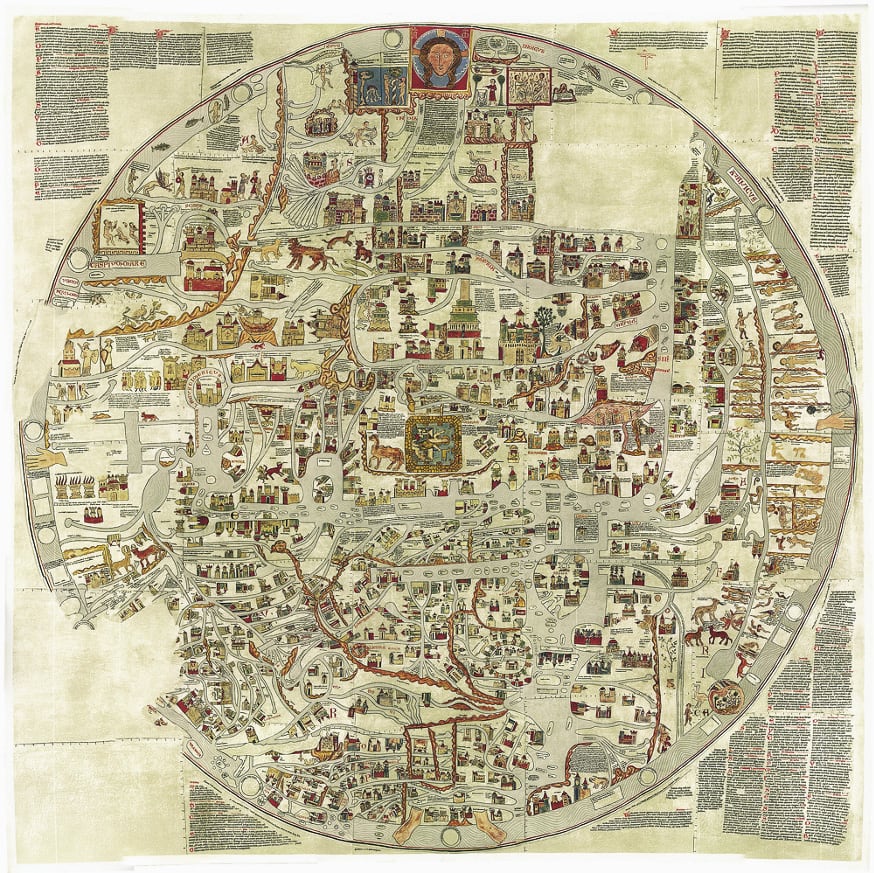 The Mappa Mundi: an example from history of another internet.
Although revolutionary in scope, the internet’s quest to amass knowledge into one repository isn’t a new idea. There is a lineage of both libraries and encyclopaedias stretching back to ancient times, for example the great library of Alexandria and Pliny’s Naturalis Historia, written in AD77. The idea of ‘Web 2.0’as only the second iteration of the internet seems completely erroneous the more this history is examined.
Aspirations of totalising knowledge repositories over the ages are telling of the mindset of their times, and how they are structured expresses the potential and limitations placed on the thoughts of their users.
An example of such a totalising repository is the Ebstorf Mappa Mundi, made circa 1234. This visual encyclopaedia is a kind of medieval internet that organises both images and text and all the knowledge of the material and immaterial world. By orienting all known knowledge of the world around a scale version of the physical world, the Mappa Mundi allowed its user to ‘navigate’ an ordered and self-contained world of knowledge on a 3.6-metre-squared sheet of goat skin.
Although when taken as a whole the Ebstorf Mappa Mundi works as representation of the world, for the users of the time it was anything but. The limits of the world (both physically and in terms of knowledge) implicit in the Mappa were very real limitations to the medieval mind. There was no possibility for something outside of Christendom to the devoutly religious thirteenth century.
What this example serves to illustrate is that the underlying structure of how knowledge is organised has a determining effect on what can be thought. From the vantage point of historical perspective it is easy to see the limitation placed on the medieval mind, a mind that saw all things in a fixed order under one god.
With this in mind we can look to the internal structural imperatives of our own Mappa Mundi, the internet, and raise questions about how it can be engaged with dynamically to produce new ideas.
The Mappa Mundi: an example from history of another internet.
Although revolutionary in scope, the internet’s quest to amass knowledge into one repository isn’t a new idea. There is a lineage of both libraries and encyclopaedias stretching back to ancient times, for example the great library of Alexandria and Pliny’s Naturalis Historia, written in AD77. The idea of ‘Web 2.0’as only the second iteration of the internet seems completely erroneous the more this history is examined.
Aspirations of totalising knowledge repositories over the ages are telling of the mindset of their times, and how they are structured expresses the potential and limitations placed on the thoughts of their users.
An example of such a totalising repository is the Ebstorf Mappa Mundi, made circa 1234. This visual encyclopaedia is a kind of medieval internet that organises both images and text and all the knowledge of the material and immaterial world. By orienting all known knowledge of the world around a scale version of the physical world, the Mappa Mundi allowed its user to ‘navigate’ an ordered and self-contained world of knowledge on a 3.6-metre-squared sheet of goat skin.
Although when taken as a whole the Ebstorf Mappa Mundi works as representation of the world, for the users of the time it was anything but. The limits of the world (both physically and in terms of knowledge) implicit in the Mappa were very real limitations to the medieval mind. There was no possibility for something outside of Christendom to the devoutly religious thirteenth century.
What this example serves to illustrate is that the underlying structure of how knowledge is organised has a determining effect on what can be thought. From the vantage point of historical perspective it is easy to see the limitation placed on the medieval mind, a mind that saw all things in a fixed order under one god.
With this in mind we can look to the internal structural imperatives of our own Mappa Mundi, the internet, and raise questions about how it can be engaged with dynamically to produce new ideas.
A cosmopolitan internet
Who is building the internet and what do they want us to do with it? In a 2012 New York Times article, Evgeny Morozov cites an obscure essay from 1998 featured on Ceramics Today that celebrated the rise of the ‘cyberflâneur’—a new form of playful, serendipitous agency that would soon be democratically at everybody’s fingertips. It’s worth momentarily clarifying what we mean by ‘flâneur’. Morozov writes:The flâneur wandered in the shopping arcades, but he did not give in to the temptations of consumerism; the arcade was primarily a pathway to a rich sensory experience—and only then a temple of consumption. His goal was to observe, to bathe in the crowd, taking in its noises, its chaos, its heterogeneity, its cosmopolitanism.^1The wholesale application of one very specific context, that of Paris in the mid- to late-nineteenth century, to a global network of computers is as risky as decrying the ‘death’ of culturally constructed notions. But this is what Morozov does and, for all the fallacy of taking a term such as ‘flâneur’, which is a loaded aggregate of multiple perspectives, there is something revealing about the ‘death’ of this figure. Morozov compares the changes Paris underwent with the ‘Haussmannisation’ of its medieval capillary streets in the 1850s and ’60s to what is happening now with the internet. In the mid-nineteenth century, large swathes of Paris were cleared and rationalised, with Boulevards as well as bridges and infrastructure such as sewers installed. In addition, civic buildings, monuments and entertainment facilities were added to the city, as well as early shopping malls, sealed off from the street. This structural as well as symbolic reconstruction of how citizens interacted with the city led, according to Walter Benjamin, to the demise of the flâneur.2
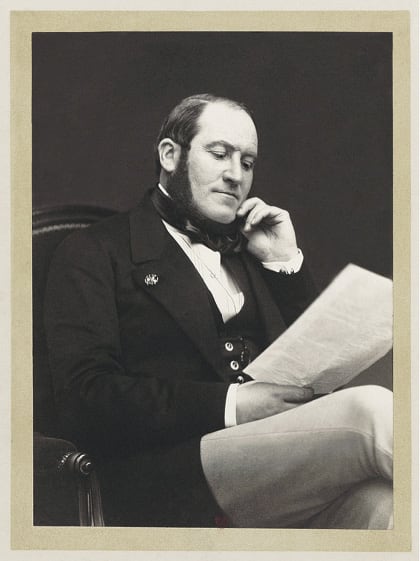
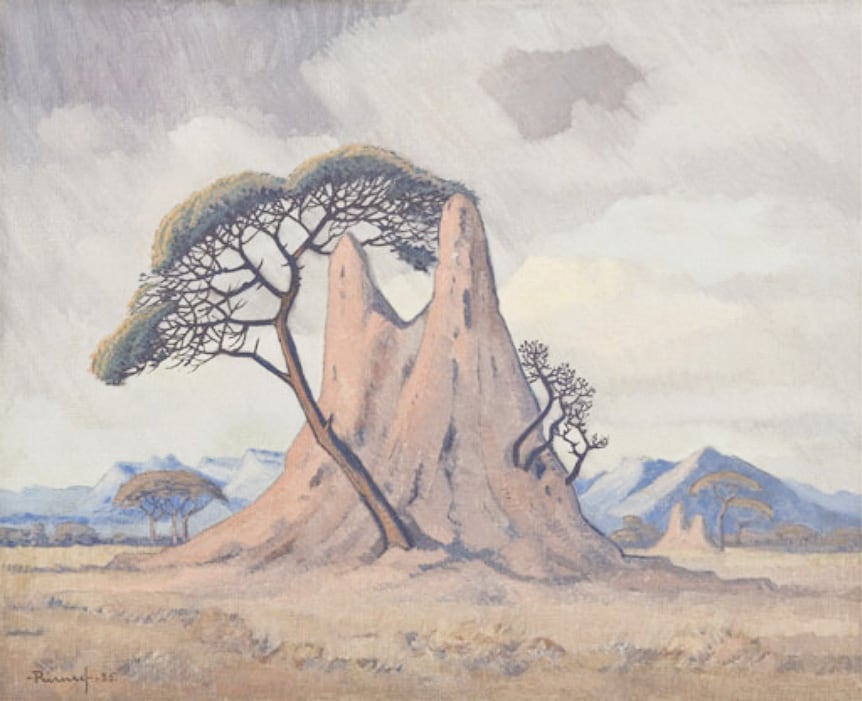
An internet of lists
So how does this relate to lists? And, more specifically, to playlists? The dominant image of the internet is the network, and for good reason, hyper-linking from either one piece of content to another or one website to another is how we imagine Web 2.0 to function. However, this image of every unit being a node connected to other nodes occludes the reality that lists also dominate the internet. Search results are lists, blogs are lists, email inboxes are lists, Wikipedia is made from hyperlinked lists, Twitter posts are formulated as single entries to a feed (which is a list), YouTube puts content into lists and, on a purely formal level, all websites operate like lists: you scroll down their pages over listed headings. In this light, the websites we use act like taxons, and these taxons of information contain other taxons—lists within lists—to vary degrees of exponentiation. A Google search results page is a taxon of websites and adverts built up based on algorithmic interpretations of individual key words, regardless of what these words mean as a sentence or expression. In fact, the next key development of the internet being worked on and integrated is known as the ‘semantic web’. This future internet will understand with great intimacy the expression of what you type into it. The humble homonym will not confuse a semantic internet. If taxons of information are arranged to optimise efficiency for practical reasons, where exists the possibility for a cosmopolitan experience of the internet, one that could lead to its content being construed for poetic ends? This is not a question of poetic content on the internet but of a poetic use of the internet itself. And, if the way in which the internet is structured and creates structure isn’t considered, we may misconstrue the medium’s effect on culture and misuse its potential.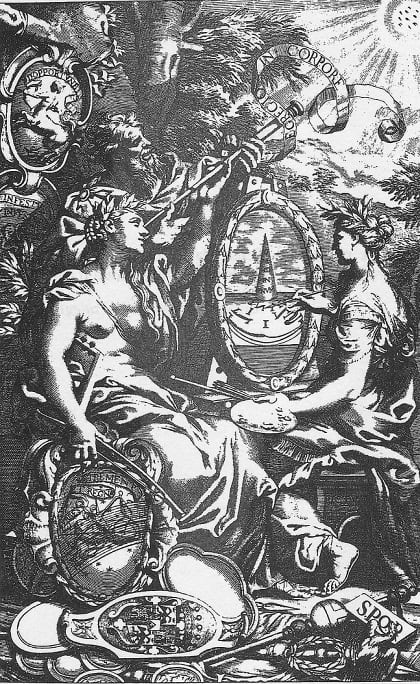
YouTube playlists
A rough estimate calculates there to be over 2.8 billion videos on YouTube. This positions the site as the largest ever conceivable archive of audiovisual material; nothing on this scale has ever been seen before. It can be supposed that the impossibility of organising this scale of material led the developers to build into the site the user’s ability to arrange content into ‘playlists’. These can be created using any reason the user decides, meaning that any number of lists is possible. The playlist is an example of a stigmergic mechanism, a mechanism common to cybernetics. It allows each agent to respond to another’s actions to shape and construct an environment, without a specific outcome in mind. This is the mechanism that allows the millions of agents (in this case users) to self-organise this body of content, for it to emerge into coherence. Self-organising users are in conjunction with self-organising machines. However, this potential means there is an implicit capacity for new taxons of knowledge to be created not for the internet but by the internet itself. How to consider this extensive potential may seem overwhelming. How to confer order upon the conference of order in question is no simple task. We may, however, be able to place ‘playlists’ into three very basic user-generated categories; the Archive, the Proprietary and the Aristotelian Telescope. Lists created by algorithmic interpretation of keyword tags will remains outside the scope of this essay.Archive: A pragmatic list
Pragmatic playlists confer order by aggregating content around single, pre-existing, entities. These, we can expect, were the main intention of the developers when creating the playlist function. They take the form of material categorised under a pre-existing entity, such as cats, musicians, or all clips or episodes of a film or television series. They are created for politicians, film stars and historical figures, all of which exist a priori to the list being created. An archival playlist has as its organisational principle something that transcends its content. For example, a playlist for Barack Obama is a list of all content relating to the current US president. This list works by conjunctive enumeration: it collects material that relates to a pre-existing category turned into a keyword or search term. In this sense, there is an affiliation between a collection of videos of Obama’s speeches and a shopping list: they both work to supply their user with a specific outcome, be it household items or an overview of political rhetoric by one politician, they are pragmatic. These lists do not use the means supplied by the medium to produce any new type of knowledge; they put order to chaos for the ease of access by other users. Archival lists operate with the same logic and ideology of social media: they methodise information for utilitarian and communal ends.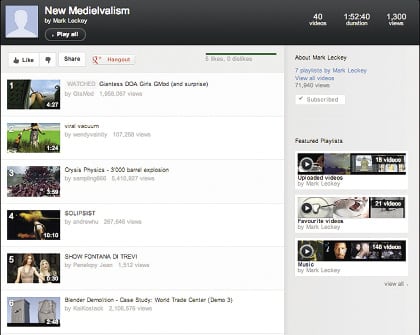
Proprietary: Personal lists
Although essentially archival, personal lists do not organise content to the same specific ends as do archival lists. The personal list is largely dominated by the already titled ‘Favourite’ function available on YouTube. The ‘Favourite’ is a template playlist that the developers of YouTube assume all users may need. By creating such a list a user is saying they have consumed an item to an audience of other users. These too carry the same social logic as Archival lists, but have the adverse effect of creating indirect portraits of their creators. There is a literary prehistory to the user-centric Favourite that can be found in Barthes. Barthes created a list of things he liked and things he didn’t as part of his 1977 publication Roland Barthes by Roland Barthes. Such a list is determined by the random and chaotic choices and personal preference of the author. This type of list does not meaningfully provide others with coherent objects of study in the same sense as an archival collection of political speeches. The personal list is conjunctive in that it is organised by a proposed unified self, but is disjunctive by the randomness of its entries. The personal list enumerates chaotically, and it is through this chaos we see the self in its randomness, its lack of centre. Barthes’ list, as well as the millions of YouTube users’ ‘Favourites’, creates the possibility for a mysterious knowledge via the very lack of finality. The list of what a given person chooses to like or notice has no necessary end. In this way, although the author or user acts as the organising principle that transcends the list of entries, the author also sits parallel to these entries: we understand who they are by the montage of what’s on the list.Aristotelian Telescopes: Poetic lists
The poetic list runs counter to the archivist logic of the aforementioned Proprietary and Archival list. The poetic list is a necromantic use of YouTube content, giving new life to the material. These lists can be seen as poetic uses of the internet; they function to no end other than the aesthetic and they do not assist with the organisation of content for utilitarian ends. In this light, a poetic list can be seen to dissent from the communal ideology of Web 2.0. An appropriate reference from which to begin to understand this type of list is the well-known surrealist parlour game, Exquisite Corpse. Through the montage of material submitted to one sheet of paper by a group of creators, a single, unified body is created. This corpus, made by a list of entries, is a unique and rootless species. Proposing such a use of the internet is to nominate what could be considered a Baroque approach to the internet. In Cannocchiale Aristotelico or The Aristotelian Telescope, Emanuele Tesauro advances a way of organising information to produce new species of knowledge. Tesauro was a dramatist and historian as well as being a Marinist poet. Marinist poetry was a Baroque form of poetics characterised by an inclination to the ornate and the witty. In The Aristotelian Telescope, Tesauro takes Aristotle’s ten categories (substance and nine accidents) and formulates a categorical index that produces an ‘inexhaustible mine of infinite metaphors’.3 Tesauro’s ‘telescope’ takes a repository of known things and runs a metaphoric imagination through them to discover previously unimagined analogies. A playlist with this quality can be found on British artist Mark Leckey’s YouTube channel. This is a list of some 40 videos under the title ‘New Medielvalism’ [sic].4 Initially this list appears to be principally organised by an analysis of YouTube content from the perspective of a medievalist. However, rather than being a thesis, with set stages of an argument being developed and final recapitulation of the initial proposition, this litany is in fact a parade of videos that is constantly being added to. The lack of recapitulation of the initial proposition means that such a list is an ongoing modulation of an idea via subjacent entries. Each entry is capable of modifying what the title New Medielvalism proposes. This type of list evades the pragmatics of being considered part of an archival classification; it has no a priori organising principle. Like an Exquisite Corpse, the poetic list resists being subject to a classification and becomes a class in its own right, a protean vector that comes into being with each additional entry. Warped like the spires of a termite mound, the poetic list is a species without a genus. Like the Proprietary list, it emerges as a category with each entry made, meaning that the organising principle sits on the same plane as that which it organises. This approach to the internal self-organising mechanism of YouTube diverts the content from supporting existing understandings of the world to create a new species of marvellous unknown knowledge.Conclusion
As Morozov identifies, we are seeing an increased ossification of the internet by organisations seeking to make an ever more efficient and accurate archive of information—one that delivers results in a way that works to eliminate chance encounters and surprise. This raises the question of how the users of the internet, its occupants, choose to participate in the structuring of information. This essay has aimed to show how an aesthetic use of YouTube can create hitherto unknown ‘species’ of knowledge that take the self-organising principle of sites such as YouTube and divert it to create new ideas. This is what we may consider a ‘poetic’ use of the internet. We may not need to reinstate the figure of the ‘cyberflâneur’, but we can argue for an approach to the internet that uses a Baroque mindset. There exists the potential to stitch the ‘cloth of the world’ together in such a way as to turn information into knowledge. To do otherwise would be to misconstrue the potential of the greatest Mappa Mundi of all time. If we think back to how Microsoft marketed the internet in the mid-1990s, with the slogan ‘Where do you want to go today?’, we are faced with two options: to go somewhere known or to find ourselves going somewhere unknown. Matthew Shannon is an artist based in Amsterdam.2. Walter Benjamin, ‘Paris, Capital of the Nineteenth Century’ in Reflections, Essays, Aphorisms, Autobiographical Writings, ed. Peter Demetz and trans. Edmund Jephcott (New York: Harper and Row, 1978), p. 151.
3. Umberto Eco, An Infinity of Lists: An Illustrated Essay (New York: Rizzoli, 2009), p. 233.
[^4]: See: www.youtube.com/user/MrLeckey.
